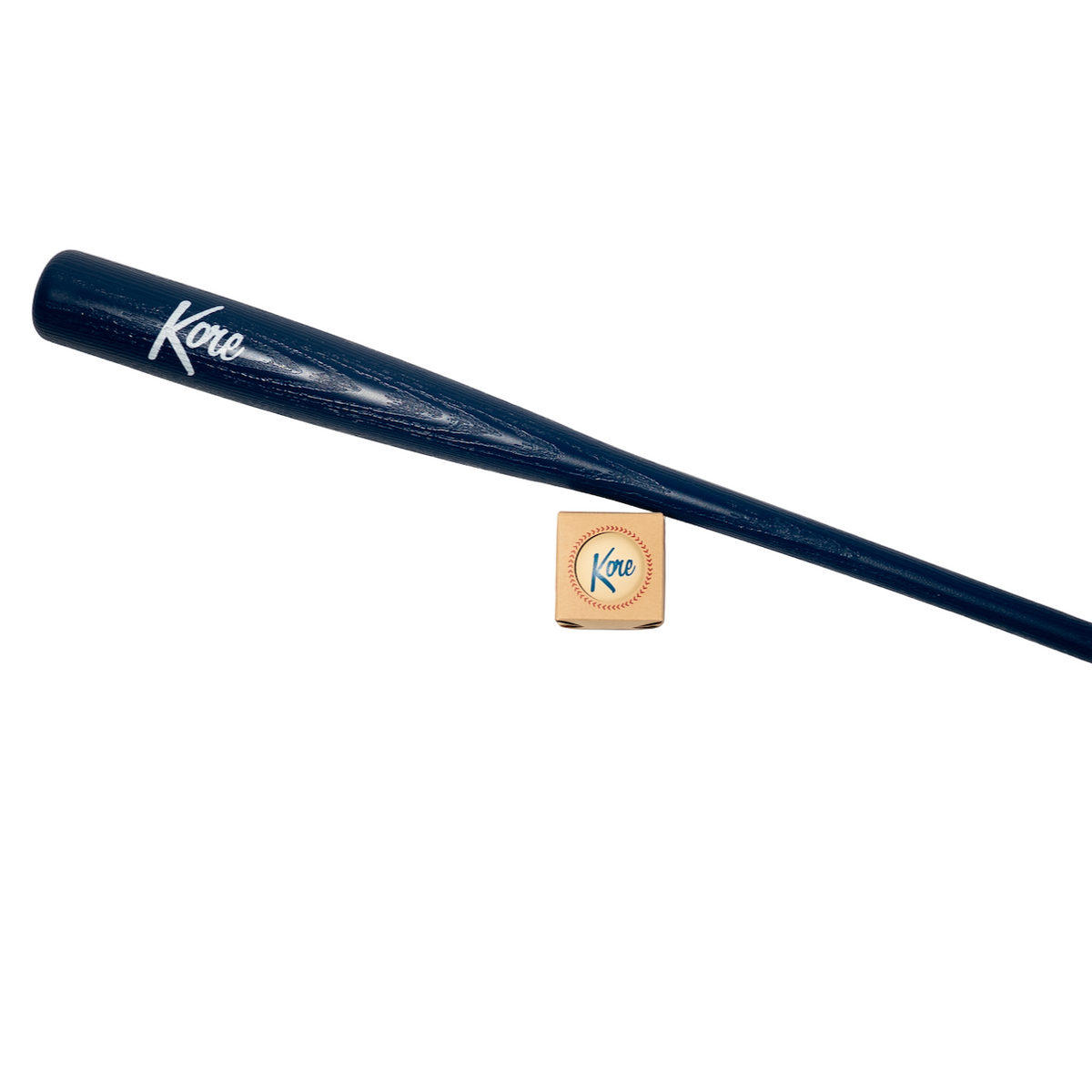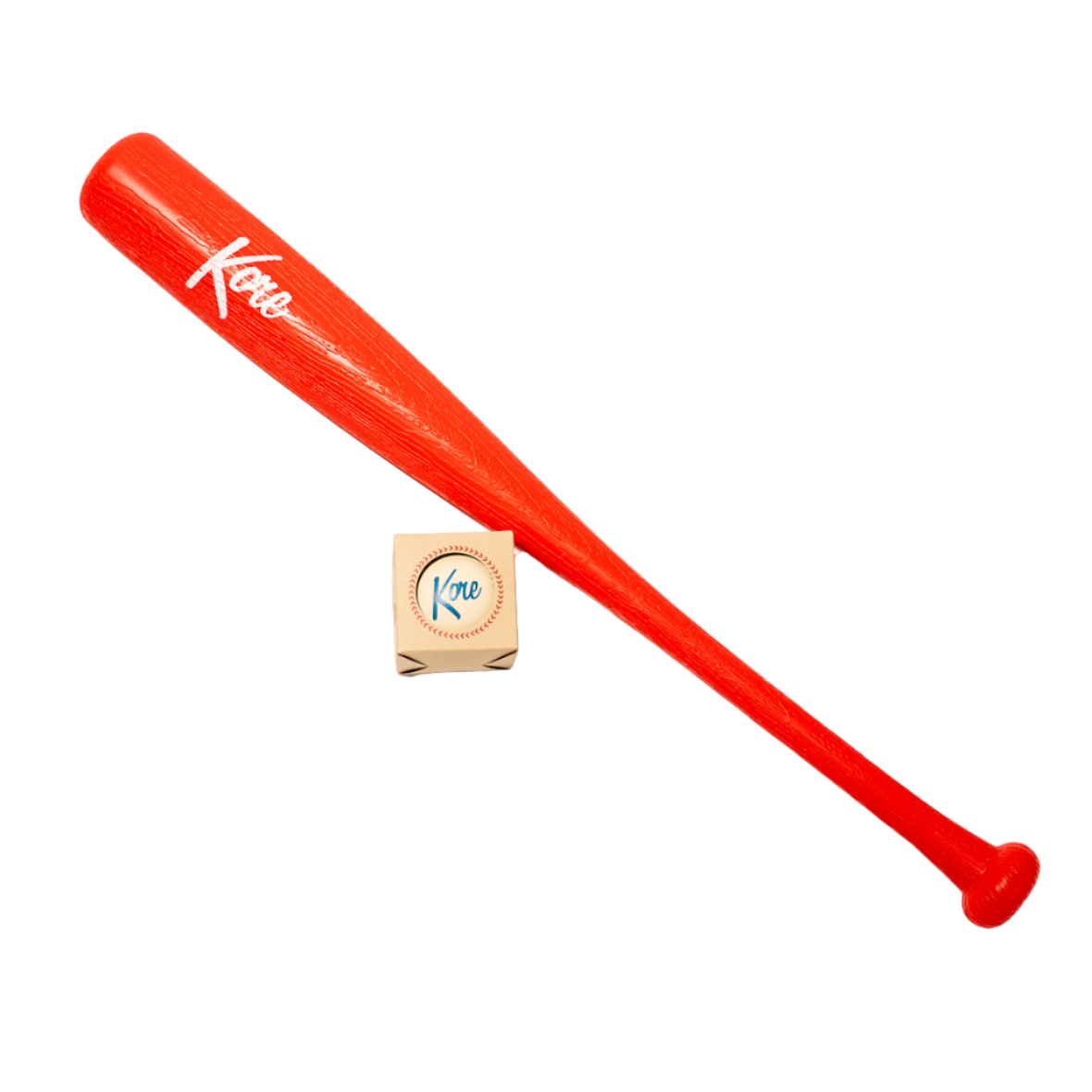Understanding the Throwing Arm
Anatomy plays a crucial role in understanding the complexities of the throwing arm in baseball. It consists of several key components, including the shoulder joint, upper arm bones (humerus), forearm bones (radius and ulna), and various muscles, tendons, and ligaments. The coordinated action of these structures allows baseball players to throw with power and accuracy.
Despite its remarkable capabilities, the throwing arm is susceptible to various injuries, particularly when not properly cared for. Common injuries include rotator cuff strains, elbow tendonitis, and labral tears. Understanding the risks associated with improper arm care is essential for players of all levels.
To maintain a healthy throwing arm, players need to prioritize arm care exercises. These exercises aim to enhance strength, stability, flexibility, and mobility in the related muscle groups. By committing to a well-rounded arm care routine, baseball players can optimize their performance and reduce the risk of injuries.
Pre-Workout Warm-up Routine
A comprehensive warm-up routine is a vital component of any baseball arm care program. It prepares the throwing arm for the physical demands of training and playing, reducing the risk of injury and improving overall performance. Dynamic stretching exercises should be incorporated into the warm-up routine to increase the range of motion and activate the muscles.
Effective warm-up exercises for the throwing arm include arm circles, shoulder pendulums, and swinging arm stretches. These exercises target the muscles involved in throwing, gradually increasing blood flow and flexibility. Furthermore, mobility drills such as shoulder dislocates and arm windmills can be added to improve the fluidity of shoulder movement.
It is crucial to customize the warm-up routine based on individual needs and preferences. A proper warm-up routine should be performed for at least 10-15 minutes before engaging in any throwing or training activities.
Strengthening Exercises for the Throwing Arm
To maintain optimal performance and prevent injuries, incorporating strength training exercises specifically targeting the throwing arm is essential. These exercises aim to improve overall arm strength and stability, focusing on key muscle groups involved in throwing.
One crucial muscle group to target is the rotator cuff, which comprises a network of muscles responsible for stabilizing the shoulder joint. Strengthening the rotator cuff is vital for maintaining proper shoulder alignment and reducing the risk of impingement and strains. Exercises like external and internal rotations with resistance bands or dumbbells can effectively target the rotator cuff.
In addition to the rotator cuff, developing strength in the forearm muscles is important for generating power and control during throwing. Exercises such as wrist curls, reverse wrist curls, and grip strengthening exercises can improve forearm strength, allowing for more efficient force transmission from the arm to the ball.
Progressive overload is crucial when performing strengthening exercises. Gradually increasing the resistance or weight used, as well as the number of repetitions and sets, helps in building strength over time. However, it is important to maintain proper form and not compromise technique for the sake of heavier weights.
Flexibility and Mobility Exercises
Flexibility and mobility exercises are equally important for maintaining a healthy throwing arm. These exercises aim to improve the range of motion in the shoulder and elbow joints, reducing the risk of injuries related to tightness or limited mobility.
Regular stretching routines are essential to improve overall flexibility. Key stretches for the throwing arm include shoulder stretches like the cross-body stretch, behind-the-back stretch, and triceps stretches. These stretches target the muscles and tendons involved in throwing, increasing their extensibility and reducing muscle imbalances.
Incorporating mobility exercises helps to enhance joint range of motion. Techniques like shoulder and elbow circles, scapular retractions, and shoulder shrugs promote joint mobility and improve fluidity in movement. Additionally, using foam rollers for myofascial release can help alleviate muscle tension and improve flexibility.
It is important to note that flexibility and mobility exercises should be performed with proper form and control. Avoid excessive or forceful stretching, as it can lead to muscle strains or joint instability. Consistency in performing these exercises, along with gradual progressions, will yield the best results.
Recovery Strategies for the Throwing Arm
Proper post-workout recovery is crucial for maintaining the health and longevity of the throwing arm. After intense training or playing, it's important to prioritize cooling down exercises and stretches. These activities gradually reduce heart rate and promote muscle relaxation, aiding in the recovery process.
In addition to post-workout routines, other recovery strategies should be incorporated into a comprehensive arm care program. Adequate nutrition, hydration, and rest play crucial roles in recovery and injury prevention. Consuming a balanced diet rich in lean proteins, whole grains, and fruits and vegetables provides the necessary nutrients for tissue repair and muscle recovery.
Proper hydration is also essential in maintaining optimal muscle function and joint lubrication. Aim to drink enough water throughout the day, especially before, during, and after training or games. Adequate sleep is equally important, as it allows the body to repair and regenerate tissues, optimizing overall recovery of the throwing arm.
Injury Prevention Tips and Techniques
Preventing injuries should be a top priority for any baseball player. By understanding common mistakes and implementing proper techniques, the risk of throwing arm injuries can be significantly reduced.
One common mistake to avoid is overuse. Overexerting the throwing arm without proper rest and recovery increases the risk of injuries such as tendonitis or stress fractures. It is important to incorporate rest days into the training schedule and listen to the body's signals of fatigue or pain.
Another key factor in injury prevention is maintaining proper throwing mechanics. Working with a professional coach or trainer to ensure proper technique is essential, as incorrect throwing mechanics can place excessive stress on the arm. Proper alignment and sequencing of movements maximize force production while minimizing strain.
Recognizing early signs of injury is crucial to address them promptly. If you experience persistent pain, swelling, or loss of range of motion in the throwing arm, it is important to seek professional help. Consulting a sports healthcare provider or physical therapist can help diagnose the issue and provide appropriate treatment and rehabilitation strategies.
Rehabilitation and Return-to-Play Exercises
In the unfortunate event of a throwing arm injury, a structured rehabilitation program is essential for a safe return to playing. Rehabilitation exercises aim to restore strength, flexibility, and range of motion while gradually reintroducing throwing activities.
The specific exercises and duration of the rehabilitation program will depend on the type and severity of the injury. Working with a sports physical therapist or rehabilitation specialist is highly recommended to develop a personalized program tailored to the individual's needs and progress.
During the rehabilitation process, it is important to follow the prescribed exercises and progressions while monitoring pain and discomfort. Gradually increasing intensity and load ensures a safe return to throwing without re-injury. Patience and adherence to the program are key factors in a successful rehabilitation process.





